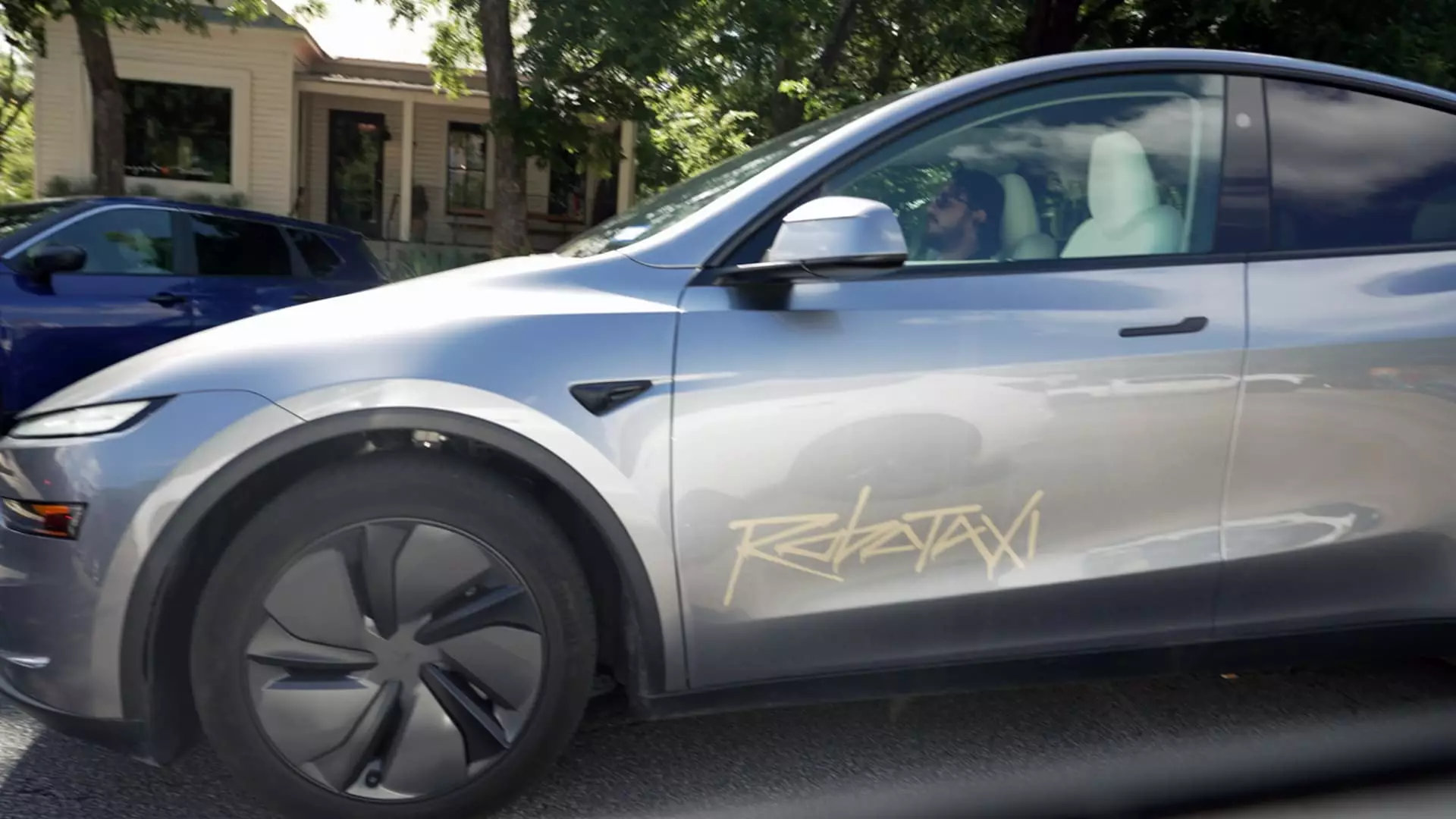Tesla’s recent application to test and potentially deploy its Robotaxi fleet in Phoenix signifies a pivotal shift in autonomous vehicle development. Unlike traditional automakers, Tesla champions a philosophy that prioritizes cost-effective sensor technology—primarily cameras—to achieve fully autonomous driving. This approach aims to democratize access to self-driving cars, making the technology more commercially viable and scalable. The Phoenix market, with its expansive suburban areas and tech-forward environment, presents an ideal testing ground for Tesla to demonstrate both technical prowess and practical utility.
Tesla’s move into Arizona, following its pilot in Austin, indicates a strategic desire to accelerate deployment and establish a dominant presence across the southwestern United States. Arizona’s regulatory environment, comparatively more permissive than California, offers Tesla a less fraught pathway to validate its autonomous systems in real-world scenarios. Moreover, by positioning itself in Phoenix, Tesla seeks to challenge the entrenched market leadership of Waymo, which has already established a substantial robotaxi operation in the region. Tesla’s aggressive push underscores a fiercely competitive landscape where technological innovation, regulatory navigation, and public acceptance intertwine.
Challenges and Criticisms: A Reality Check for Tesla’s Autonomous Ambitions
Despite Tesla’s confident strides, the path to widespread autonomy remains riddled with obstacles. Incidents captured during its Austin pilot, such as minor collisions and rule violations, have raised serious safety concerns. Social media footage showing Tesla Robotaxis scraping parked cars or straying from lane lines casts doubt on the reliability of Tesla’s self-driving claims, particularly when contrasted with Waymo’s more cautious approach.
Regulatory bodies like the National Highway Traffic Safety Administration (NHTSA) have already scrutinized Tesla for safety lapses. Critics argue that Tesla’s emphasis on camera-based systems may oversimplify the complex task of fully autonomous driving, potentially compromising safety to expedite market entry. Furthermore, Tesla’s public assertions about full self-driving capabilities often blur the lines between driver assistance and true automation, misleading consumers and regulators alike.
Tesla’s challenges are compounded by legal and reputational hurdles, especially with California’s regulatory stance. Tesla’s ongoing legal battles and skepticism from authorities highlight the risks embedded within its ambitious rollout. Tesla’s promised expansion to the Bay Area within a short timespan appears optimistic, given the lack of formal approval channels and the regulatory scrutiny facing its self-driving claims. This presents a paradox: Tesla’s drive for rapid deployment may conflict with the cautious and safety-first approach that regulators and the public demand.
The Future of Autonomous Vehicles: Tesla vs. Industry Leaders
Tesla’s rivalry with Waymo underscores two fundamentally different visions of autonomous transportation. While Tesla emphasizes affordability and widespread accessibility through a camera-centric design, Waymo invests heavily in expensive LiDAR technology to bolster safety and precision. Tesla’s strategy hinges on convincing the market that simplicity and cost-effectiveness can deliver reliable self-driving services, but this remains controversial.
Tesla’s aggressive expansion is a gamble—one that could reshape the mobility landscape if successful. If Tesla manages to overcome safety concerns and regulatory hurdles, its Robotaxi service could revolutionize urban transit, providing seamless, on-demand transportation at a fraction of current costs. Conversely, failure to adequately address safety issues could tarnish Tesla’s reputation, slowing adoption and raising questions about the ethics of deploying nascent technology without comprehensive safeguards.
As Tesla prepares for its upcoming earnings call, the industry and investors will keenly observe how the company addresses these challenges. The outcomes of these tests and deployments will serve as a barometer for the future trajectory of autonomous vehicles—not just for Tesla, but for the entire sector. The stakes are high: the next few years could define whether autonomous driving becomes a widespread reality or remains an aspirational promise fraught with risk. For Tesla, this journey is about more than cars; it’s a test of technological courage, regulatory navigation, and the willingness to challenge established norms in pursuit of a transformative future.

